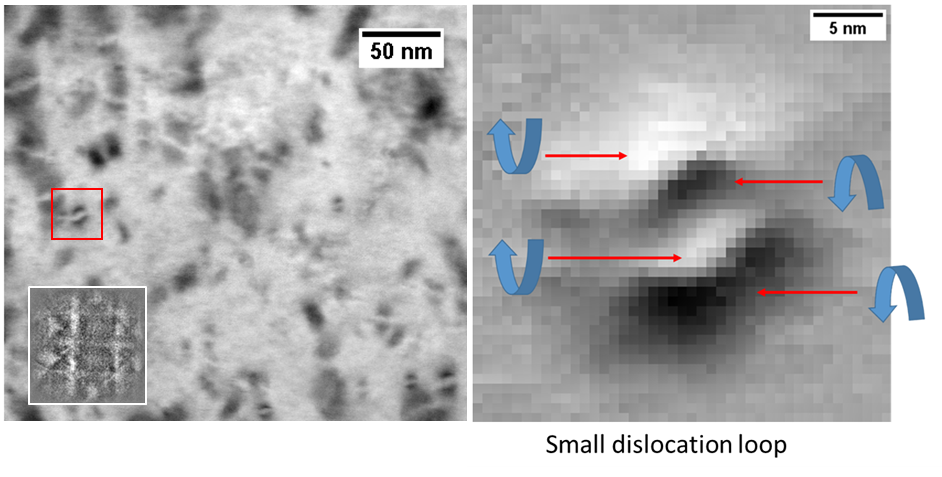In-STEM Transmission Kikuchi Diffraction of nanoscale crystalline defects in zirconium alloys
- Abstract number
- 225
- Presentation Form
- Poster Flash Talk + Poster
- Corresponding Email
- [email protected]
- Session
- Stream 1: EMAG - 4D-STEM
- Authors
- Dr Jack Haley (2), Dr Phani Karamched (2), Dr Philipp Frankel (1), Prof Chris Grovenor (2)
- Affiliations
-
1. University of Manchester
2. University of Oxford
- Keywords
TKD, 4D-STEM, radiation damage, zirconium, dislocation loops
- Abstract text
The degradation of zirconium-based fuel cladding in light water nuclear reactors is responsible for fuel rods being removed prematurely, before the entire fissionable uranium has been spent. This means a large quantity of fuel goes unused in light water reactors, leading to increased waste and reduced economic efficiency. Hence, the development of new zirconium alloys, and an improvement to our understanding of the degradation mechanisms, would allow for a longer lifetime for fuel rods. We have been using transmission electron microscopy to learn more about the changes that occur to zirconium alloys during service, with particular focus on both changes to the local chemistry, and the evolution of irradiation-induced dislocations in the microstructure.
Transmission Kikuchi Diffraction is a technique more commonly associated with SEMs, but in this presentation, we will show how it can be used in-STEM to rapidly characterise complicated irradiation-damaged microstructures. The availability of fast-pixelated-cameras means maps of the precise plane orientation around individual crystalline defects can be made in minutes, and in a fashion comparable to taking Bright field or Annular Dark field images. This wealth of crystallographic information that in-STEM TKD brings has never before been so convenient to the microscopist.
We have used this in-STEM TKD method to produce quantitative measurements of the lattice distortion cause by nanoscale dislocation loops with precision down to fractions of a degree. This allows us to directly compare the simulated displacement field with the measured misorientation, without any of the complexity of diffraction contrast. On a larger scale, we have used misorientation maps to calculate the Geometrically Necessary Dislocation (GND) density, calibrated against HR-EBSD, allowing a novel method for quantifying radiation damage from the measured lattice distortion, without needing to count a single dislocation.
This research used UKAEA’s Materials Research Facility, which has been funded by and is part of the UK’s National Nuclear User Facility and Henry Royce Institute for Advanced Materials.

